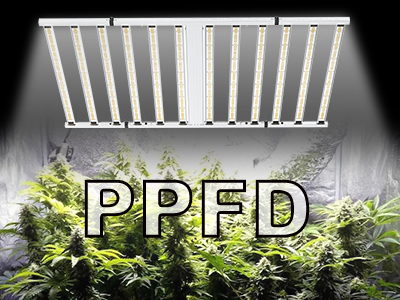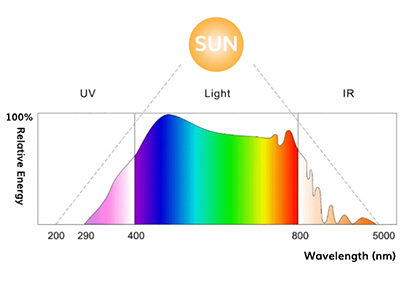The orchid is undoubtedly one of the most famous and best-selling ornamental plants in the world, and its shape and color are impressive. Orchids are tropical plants, so they need a lot of light to live and develop in our houses and apartments. In winter, this can be tricky due to a lack of sunlight in winter and short cloudy days. Insufficient indoor lighting can cause health problems for these plants.
In order for orchids to flourish in an indoor environment, many restrictions must be observed: water should be carefully watered, humidity should be moderate, fertilizers should be used with fine fertilizers, but also moderate to strong light. In fact, certain orchid species do not like direct sunlight at all, including Phalaenopsis and Paphiopedilum.

Choose indoor planting location:
The ideal location is a terrace or a large bay window. However, not everyone is lucky to have one. But there is also a lack of light. To make up for this deficiency, you can use suitable LED panels to raise them in a dedicated space.
If your environment cannot fully adapt to this culture, LED technology will provide huge possibilities. In addition, if you choose a closed environment, in addition to being able to control the temperature (ideally between 18 degrees to 25 degrees) and humidity (ideally between 50% to 80%), you can also establish the best Growth conditions.
Lighting brightness:
These plants need a lot of light, even less than fruits and vegetables. Therefore, there is no need to create an environment of 400 watts per square meter for them. They will be satisfied with the power of 60 watts per square meter without encountering any problems.
The watt/square meter value given is for reference only, but must be used in micromole/square meter/second to understand the needs of the factory and find the right power. Two panels with the same power consumption will not produce the same PPFD, depending on their technology, spectrum, and quality.
If you know how to choose and arrange it correctly, a very compact but not powerful panel will do the job perfectly. For example, for Phalaenopsis, the minimum concentration of the culture piece is 160 µmol/m 2 / s.
How to provide them with the light they need?
In the past, the use of artificial light to enhance the health of orchids has achieved positive results. Now, the situation has changed, because the progress made in the field of lighting makes it possible to reuse the solution at a certain cost. If you follow some basic rules, this is inevitable.
It is very important to avoid using directional light spots that waste light because light spots can only shoot light directly toward the orchid.
Studies have shown that plants only absorb certain colors of the spectrum (red and blue in a 3:1 ratio), so we can optimize efficiency by emitting only these lighting colors.

Choose certain types of lighting?
These LEDs have some interesting orchid lighting functions: they take up little space, consume little, have a long life, produce very little light, and can produce colored light.
The best option is of course to install panels or lights composed of gardening LEDs, which can now be easily found on the Internet. The advantage of its elements is that they already have an ideal distribution of red and blue LEDs. Therefore, plants only receive the light needed for photosynthesis. Ultimately, its integrated power supply makes installation easier and safer.
Set lighting time
When buying LED lights, it is recommended to buy LED lights with fixed lighting time, because orchids have different requirements for sunshine time, which can not only reduce losses but also save costs! Control flowering time, etc.
Finally, I wish you all cultivate the perfect orchid, thank you























